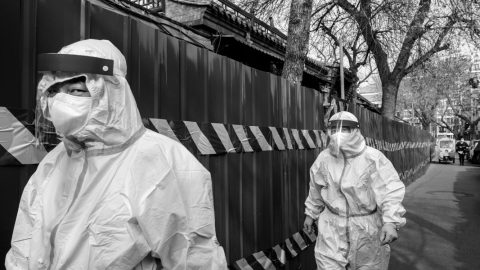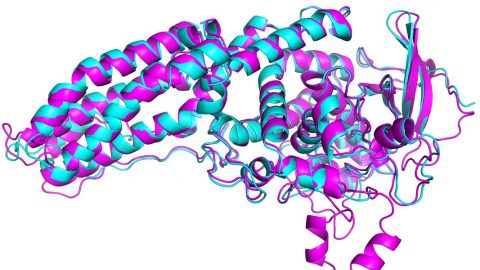
“The exciting thing with CRISPR for gene editing is you can make changes exactly where you want them,” says Emma Kovak, senior food and agriculture analyst at the Breakthrough Institute. “It’s absolutely huge in terms of saving time and money.”
As powerful and precise as CRISPR is, however, it still takes considerable work to target the right part of the genome, to evaluate whether any changes provide the hoped-for benefits—and, crucially, to ensure that any edits don’t come at the cost of overall plant health or food safety.
But improved gene-editing tools have also helped to revive and accelerate research to better understand the complex genomes of plants, which are often several times longer than the human genome. This work is helping scientists identify the genes responsible for relevant traits and the changes that could deliver improvements.
Doudna says we’ll see many more crops altered to bolster resilience to climate change as the research in this field progresses.
“In the future, as we uncover more and more of those fundamental genetics of traits, then CRISPR can come in as a very practical application for creating the kinds of plants that will deal with these oncoming challenges,” she says.
Practical plants and polite cows
IGI’s efforts to develop a type of rice that could be more drought tolerant than standard varieties highlight both the promise and challenges ahead.
Several research groups have used CRISPR to disable a gene that influences the number of tiny pores in the plant’s leaves. These pores, known as stomata, allow rice to take in carbon dioxide, emit oxygen, and release water as a means of controlling temperature. The hope is that with fewer stomata, the plants could preserve more water in order to survive and grow in drier conditions.
But it’s proved to be a tricky balancing act. Earlier research efforts knocked out the so-called STOMAGEN gene. That eliminated as much as 80% of pores, which certainly reduced water loss. But it also undermined the plants’ ability to absorb carbon dioxide and release oxygen, both of which are critical to photosynthesis.







Recent Comments